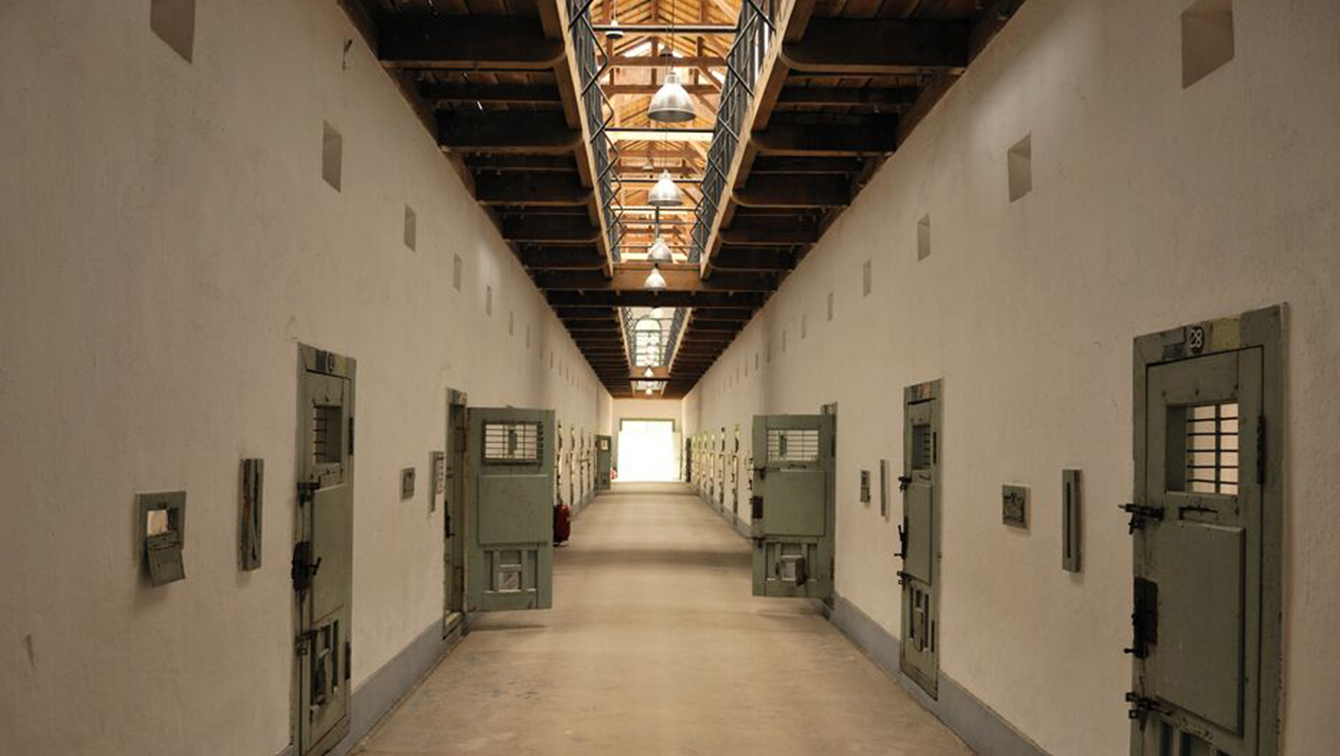Interagency Collaboration Jail Populations December 16, 2021
The last two years have been turbulent for all our partners in the Safety and Justice Challenge (SJC), particularly for the cities and counties that have committed to reducing their jail population and eliminating racial and ethnic inequities as part of the SJC Network.
Communities participating in SJC range from the small (Missoula, MT) to the immense (Los Angeles, CA), and they vary demographically, politically, geographically, and in every other way you can imagine. But the COVID-19 pandemic touched all of them. It brought with it death and economic disruption, as it has everywhere. It also brought change and opportunity. By forcing local systems to adopt emergency measures to save lives—including suspending or discarding the routines, institutional habits, and assumptions that make jail incarceration so common—the pandemic experience has imparted valuable lessons.
The most obvious lesson, and perhaps the most important, is that we can do without incarceration, to a degree that many had not foreseen. All the cities and counties involved in the SJC reduced their jail populations during the pandemic, some quite dramatically. They got average jail populations down to the lowest levels in decades, and quickly, without endangering the public.
They achieved this largely through collaboration and using data in real-time to understand who is arrested and booked into jail. Local criminal justice systems are fragmented, and lots of agencies working independently play a part in filling jails. With strategies to reduce jail populations already underway and key decision-makers already working together, SJC communities were better positioned than most to respond to the crisis. Even before the pandemic, for example, there were more than a dozen multi-agency “jail population review” teams in place across the SJC Network, tasked with routinely looking at jail data and court records to identify people in custody who could be safely released. Adapting structures like this for COVID-19 purposes—using them to identify medically vulnerable people, say, or all people in jail charged with misdemeanors—was relatively easy.
Many cities and counties participating in SJC have also broadened their collaborations in ways that benefited them when the crisis hit. They were already working with public health officials and other agencies outside the criminal justice system; community advocates and representatives; and people who were directly impacted by the criminal justice system—all of whose cooperation, perspectives, and expertise were needed to cope with the pandemic.
In order to get and keep people out of jail facilities, where social distancing was difficult or impossible, and the danger of outbreaks was high, cities and counties participating in SJC used a variety of techniques. Police reduced or eliminated arrests for offenses like drug possession, sometimes issuing citations instead. Courts released individuals being held on low cash bail amounts or discarded cash bail altogether. Pretrial release and community supervision were expanded to include people charged with more serious offenses. Old warrants were quashed, and new ones were not ordered. And many of the people who were released got the support they needed—housing, food, medication, transportation, and service referrals—to remain in their communities.
Technology also helped. Many cities and counties used video conferencing for hearings to clear up cases while minimizing interactions. Probation and parole departments instituted online check-ins, helping to reduce revocations that often lead to jailing. Many of these practices, though intended to be temporary, are still in place, and many SJC communities are discussing ways of making them permanent.
Not all the news is good. Despite the overall reductions in jail populations, the racial disparities that preceded the pandemic have persisted. There are fewer people in jails, reducing the harm caused by incarceration, but among those who are in jails, people of color are still overrepresented. This has occurred even as the SJC has centered racial equity in its approach, committed to authentic community engagement, and focused on identifying and eliminating the drivers of racial and ethnic inequities.
Also left behind, for the most part, are people accused or convicted of violent felonies—a very large proportion of the incarcerated population, and one that cannot be ignored if we really mean to end mass incarceration.
At the same time, there are broad threats to the sustainability of the progress our partners have made, as well as the stability of the coalitions that achieved them. One of them is the perception that criminal justice reform generally, and pretrial detention reform specifically, have led to increases in crime, including the disturbing spikes in homicides many U.S. cities have witnessed in the past two years. We have good evidence to the contrary—including an analysis showing that no crime increases accompanied substantial jail population reductions in SJC communities during the initiative’s first two years; a more recent study drawing similar conclusions with regard to the even larger jail population cuts during the pandemic; and an assessment focusing on Cook County, which found no increase in criminal activity following bail reform there. Nevertheless, we think it would be a mistake to underestimate the potency of law and order rhetoric equating safety with punishment, which is what brought us mass incarceration in the first place.
All of which is to say, we still have work to do. It is, once again, a reminder that it is not enough to simply adopt best practices to reduce the jail population. Even amid crisis, careful attention must be paid to the racial disparities and working towards true equity. We look forward to what we can accomplish together in the next year.


